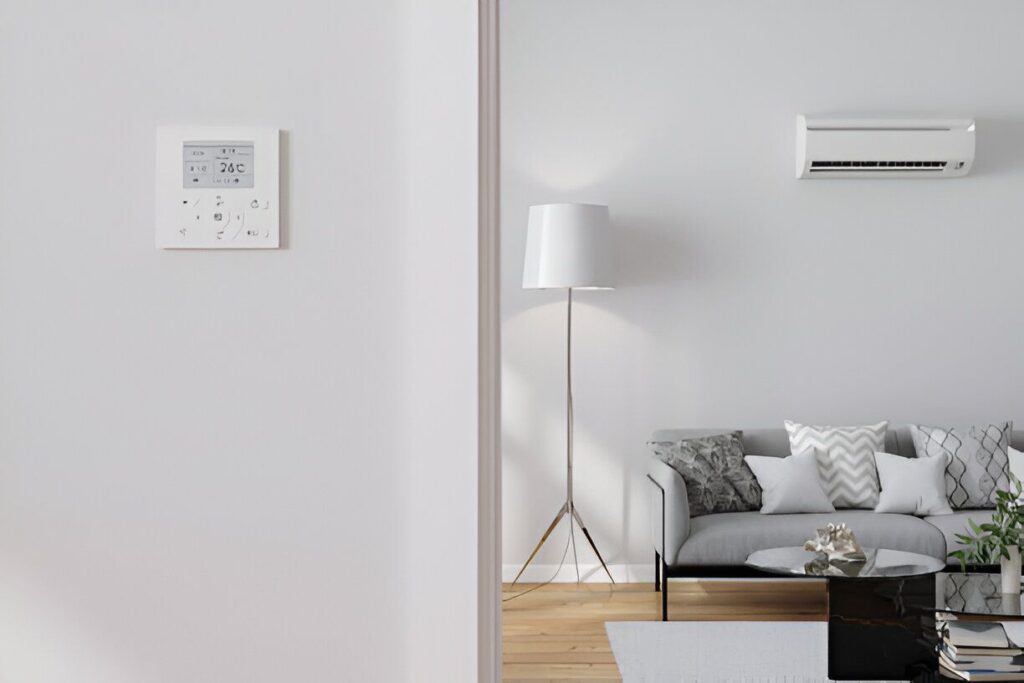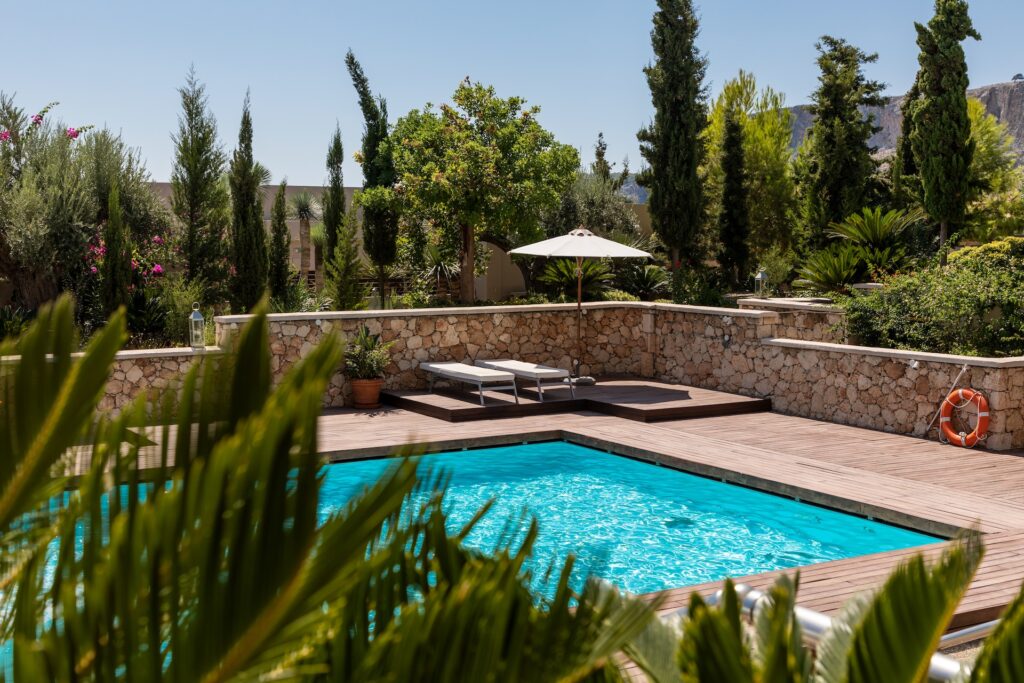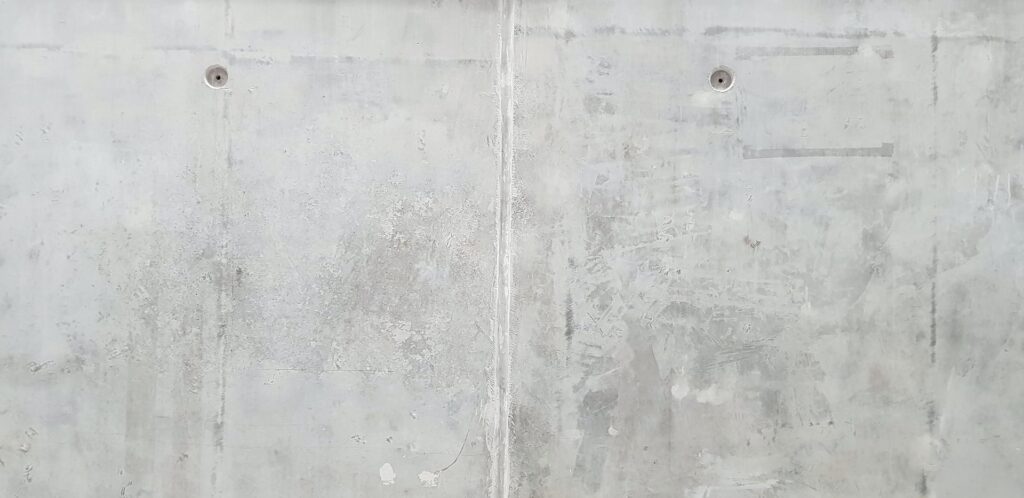What makes a kitchen feel expensive isn’t always the price tag. It’s the way the space is pulled together. Cohesive design, smart choices, and a bit of creativity can do far more than throwing money at the problem.
So if you’re dreaming of a stylish kitchen but the budget’s tight, good news — you don’t need to splash out on high-end finishes or custom everything. Here’s how to design a kitchen that looks sharp, feels thoughtful, and doesn’t eat into your savings.
Start With a Clear Plan
Before spending a cent, map out your vision. What’s the overall feel you’re going for? Modern and minimal? Warm and rustic? Clean and coastal? Being clear about your style helps you make smarter choices as you go.
This isn’t about creating a Pinterest-perfect mood board, although that can help. It’s about setting direction so you don’t end up with a mishmash of ideas. A strong visual plan keeps your decisions focused and helps you avoid costly detours.
Sketch the layout, list the must-haves, and work out what can wait. Do you really need new flooring right now? Or will a fresh rug and a good scrub tide you over?
Update Your Cabinets for Maximum Impact
Cabinets set the tone for the whole kitchen. If they’re dated, worn out, or just not your style, they can drag down the look of everything around them, no matter how nice your benchtops or splashback might be.
While it’s tempting to save money by just painting or swapping handles, sometimes a full update is worth the investment. New cabinets instantly lift the space and can make your kitchen feel brand new, even if you don’t change much else. They give you the chance to rethink layout, improve storage, and choose a finish that fits your style perfectly.
If you’re searching for kitchen cabinets on a budget, there are solid options that balance quality and cost. You don’t need to go high-end or fully custom to get something that looks sharp and functions well. The right choice here creates a clean foundation for everything else to sit against, and it’s often the change that makes the biggest visual difference.
Choose Affordable Materials That Still Look Great
There are plenty of materials that mimic the look of luxury without the steep price. Laminate has come a long way; modern designs often replicate stone or timber beautifully. Butcher block can warm up a kitchen instantly, and it doesn’t cost a fortune.
The same goes for splashbacks. Instead of full marble, look at ceramic subway tiles or simple square tiles with dark grout for a punchy look. Or skip tiles altogether and use paint — there are kitchen-safe finishes that can handle steam and spills while still looking fresh.
Flooring is another place you can save. Vinyl plank or peel-and-stick options are cheap, easy to lay, and come in a range of finishes that resemble hardwood or tile.
Mix High and Low for Balance
Not everything has to be budget. Spend a little more where it matters, and pair it with affordable choices elsewhere. It’s the mix that often gives a kitchen its charm.
A statement light fitting over the island or dining table can elevate the space, even if everything else is pared back. Splurge on good tapware — something with weight and style — then balance it out with more cost-effective shelving or second-hand bar stools.
By playing with contrast, you give the space a layered, thoughtful look. No one will care that the benchtop wasn’t custom granite if the whole room feels pulled together and personal.
Add Character Through Details
Style doesn’t come from how much you spend; it comes from how well you bring things together. And the details are where that happens.
Think about colour and texture. Even if your main palette is neutral, add warmth through timber, rattan, ceramic or linen. A textured runner rug can soften tiled floors. A few open shelves with stacked cookbooks and vintage jars make the space feel lived-in, not showroom-like.
Wall art can be a game changer too. Framed prints, painted canvases, or even a quirky clock add personality. They shift the kitchen from purely functional to somewhere you want to spend time.
Plants are your friend here. A trailing vine on top of the fridge, herbs by the window, or a tall fig in the corner; they bring life into the room without demanding much in return.
Use Lighting to Change the Mood
Most kitchens rely on one big ceiling light, and it’s never flattering. Instead, layer your lighting.
Add under-cabinet strip lights to create a soft glow on benches. Use warm bulbs in pendant lights or sconces to soften the space. If you’ve got a dining nook, table lamps or floor lamps can help zone that area and make it feel more relaxed.
Good lighting isn’t just about function. It’s what takes a kitchen from feeling sterile to stylish.
Don’t Underestimate Paint
Paint is one of the most affordable, powerful design tools you have. And it goes well beyond walls.
Paint the ceiling a slightly warmer shade to cosy up the space. Paint a door in a bold colour to create a feature. Or go two-tone with your cabinetry; darker lowers, lighter uppers. It adds visual interest without adding cost.
Even painting tired tiles can work if you use the right primer and sealant. It’s not a forever fix, but it can buy you a few more years while you save for something more permanent.
Style Without the Spend
Designing a beautiful kitchen doesn’t have to be about chasing trends or maxing out your credit card. It’s about making smart choices, knowing where to stretch and where to save, and putting your stamp on the space.
Stick to your style, focus on the elements that matter most to how you live, and be open to creative solutions. A well-designed kitchen isn’t about how much you spent; it’s about how it feels when you walk into it. Clean, inviting, personal. That’s what makes it truly stylish.





Leave a Reply
You must be logged in to post a comment.